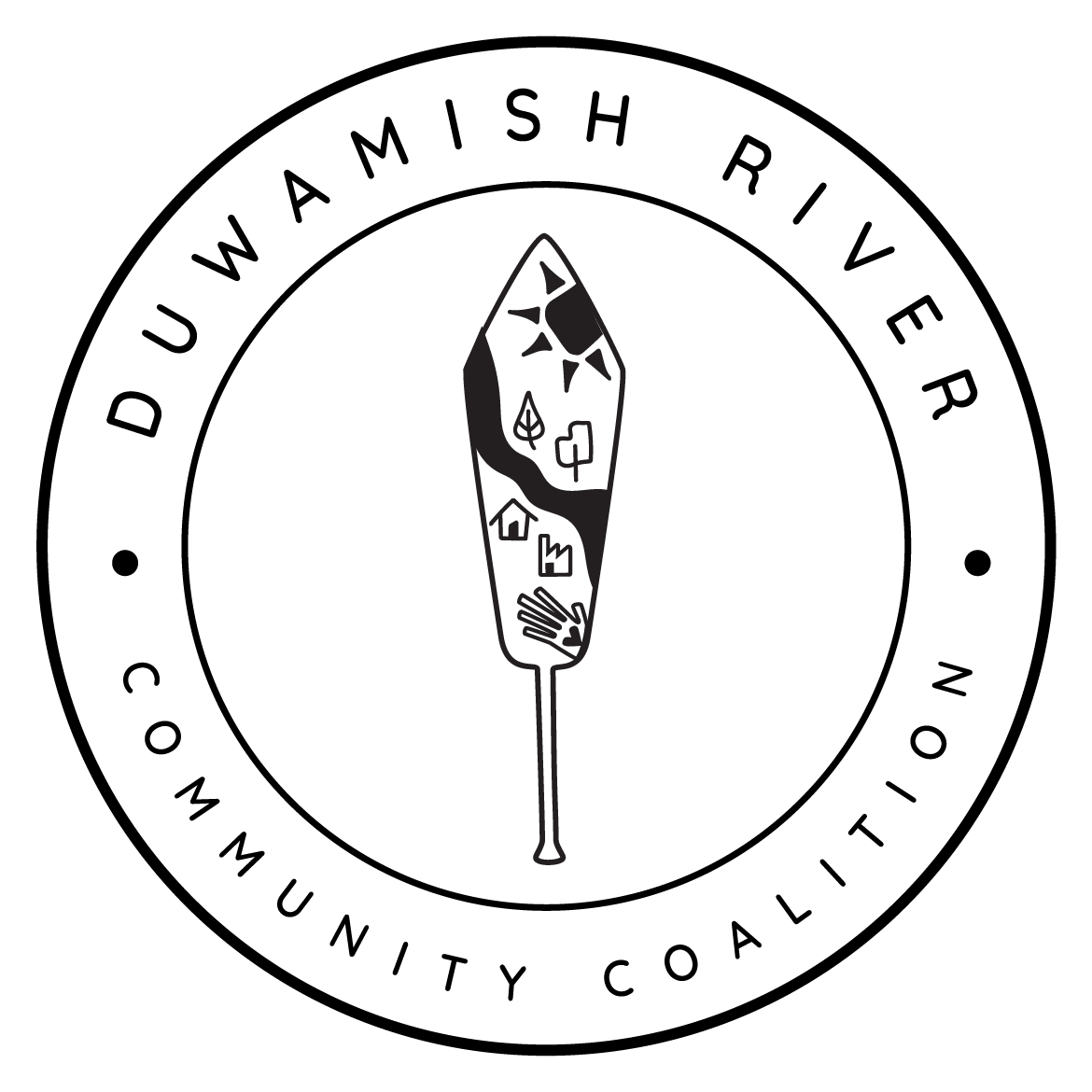Op-Ed: Washington State Needs a Cumulative Air Toxics Law
The Duwamish River Valley hosts three freeways, two international airports, an international seaport, and a river so polluted it was declared a federal Superfund site, with over 300 industries lining the banks.
Seattle’s only majority people of color and immigrant neighborhoods are also the most vulnerable; with more families, lower incomes and higher asthma rates, all living and working by Seattle’s only river. As a near port community, black carbon (a super pollutant) and ultra-fine particulate matter are found in higher concentrations. King County International Airport continues to use leaded fuel for recreational aircraft which disperse dangerous airborne emissions. Toxic clouds of cadmium from Ardagh Glass and poisonous dust plumes from Seattle Iron and Metal, all occur regularly with little monitoring, oversight, or consequence for polluters (DVYC Moss Study).
On top of it all, raging wildfires send soot and ash raining down reliably in late-summer smoke season, delivering the worst AQI scores in the world to the Puget Sound for days at a time.
Washington State needs a new approach to air pollution that centers environmental justice, prioritizes human health, and addresses the cumulative impacts of air pollution in communities using disaggregated data from a robust, comprehensive regional air quality monitoring network for environmental justice communities. People of color are 3.6 times more likely than white people to live in counties that experience poor air quality, as reported by the American Lung Association. Given Seattle’s history of redlining and 13-year gap in life expectancy between South Park, Georgetown and Laurelhurst residents, this is a glaring reality.
FULL ARTICLE HERE
